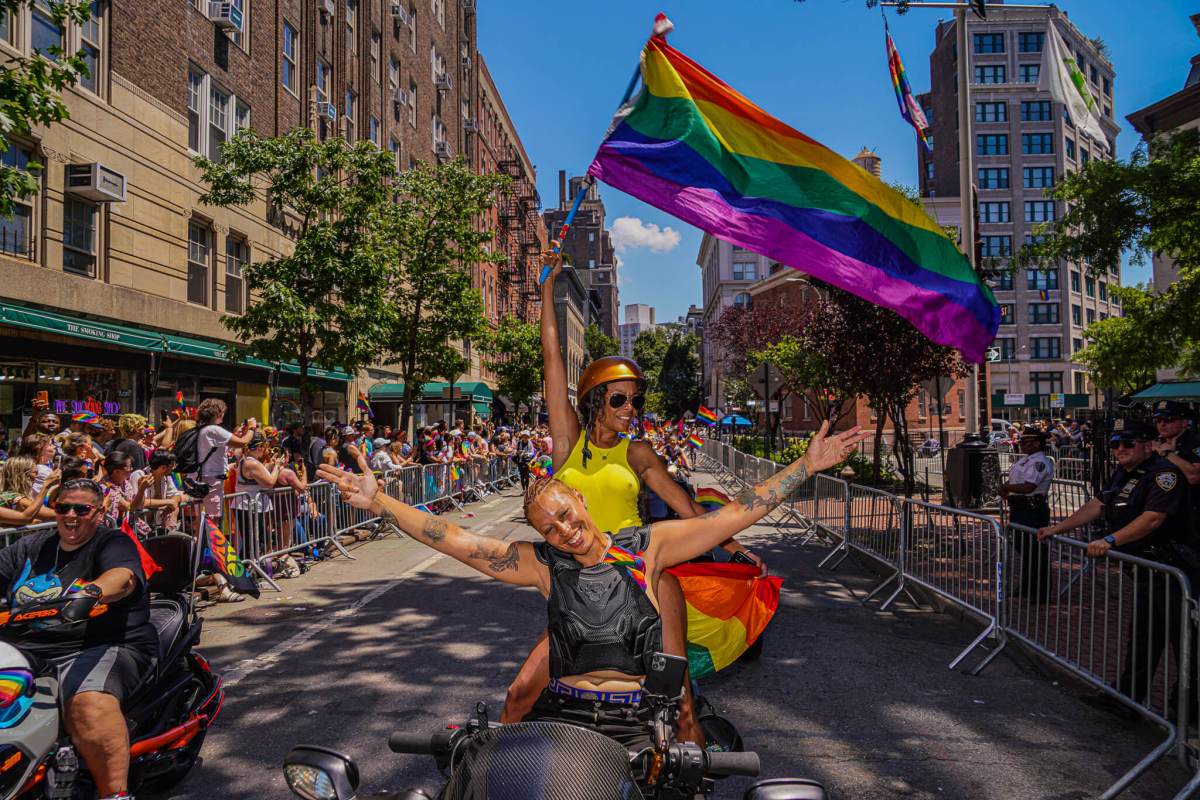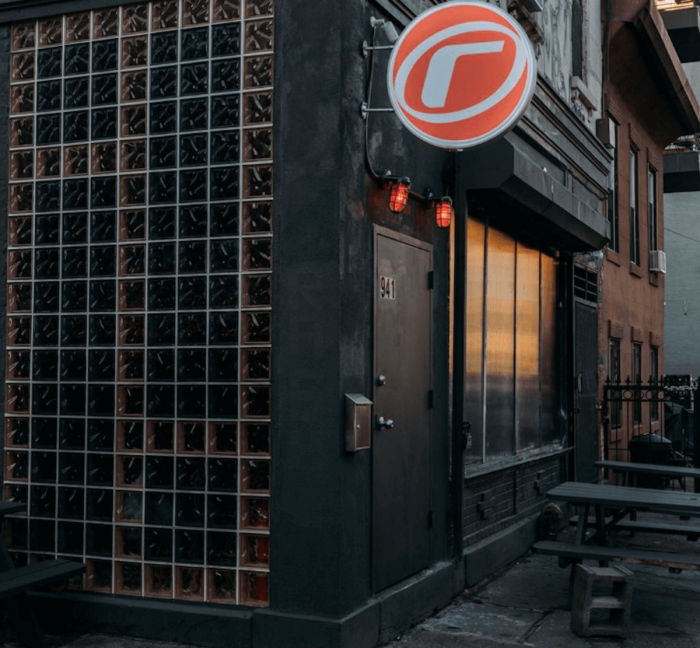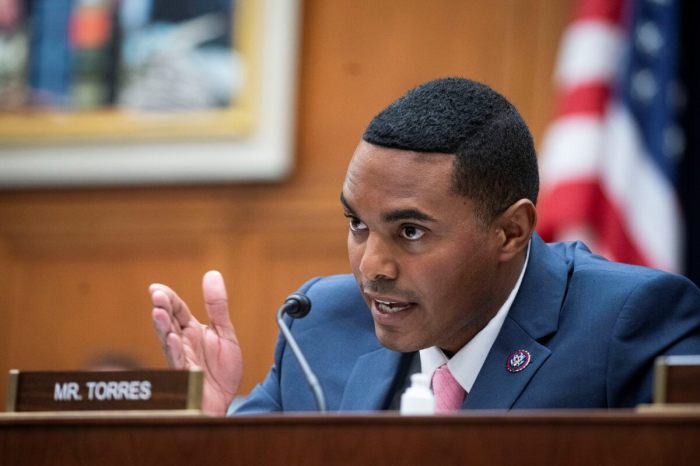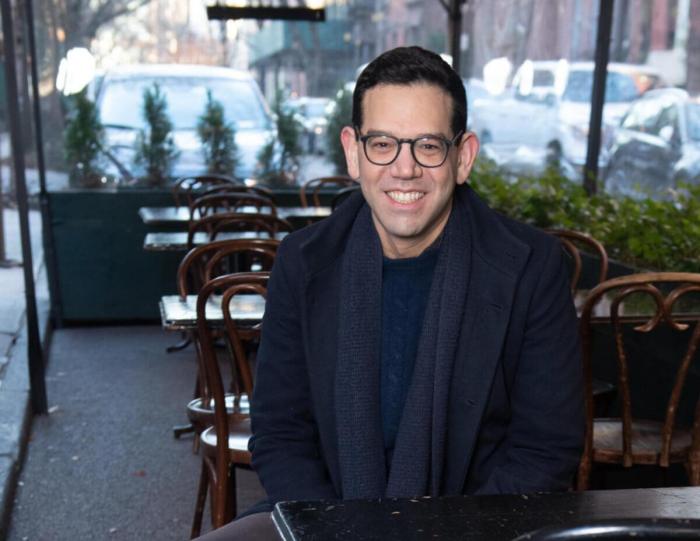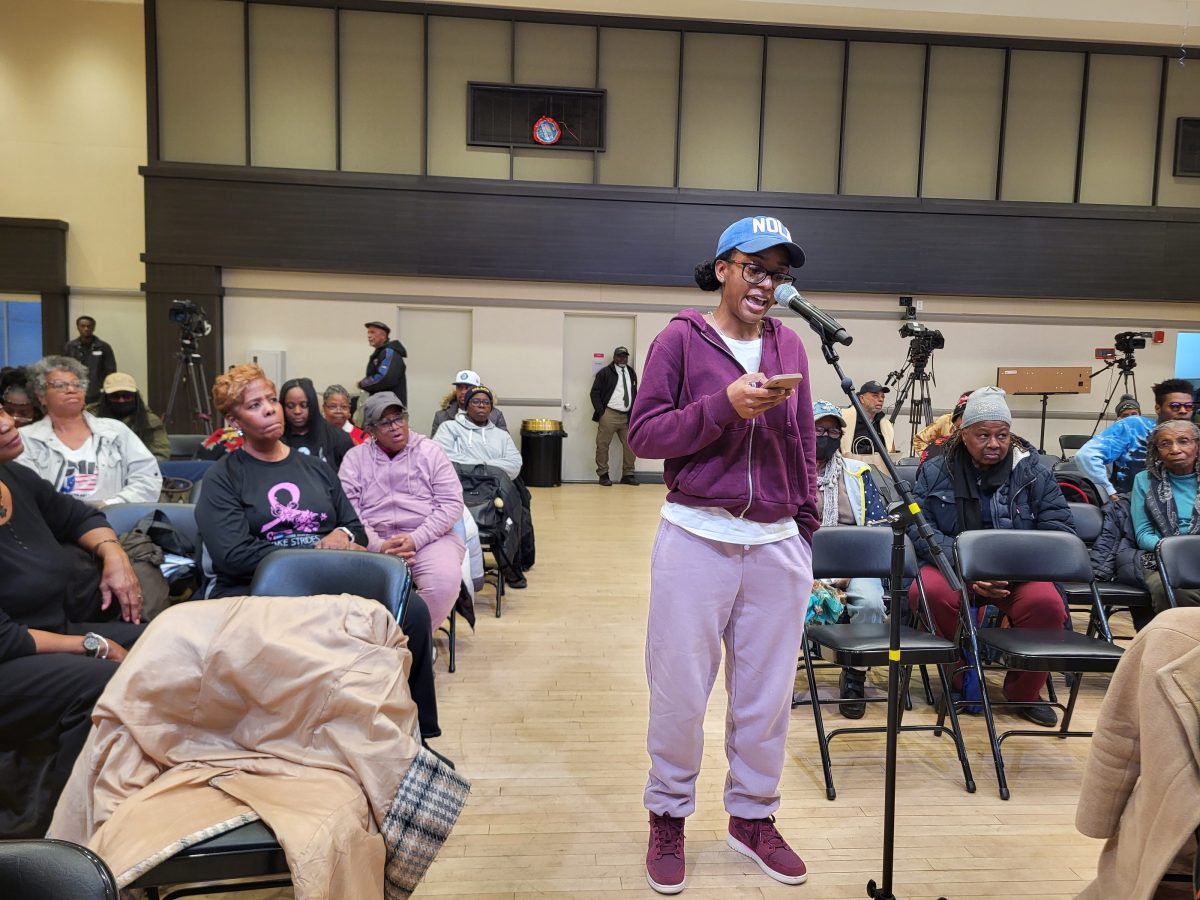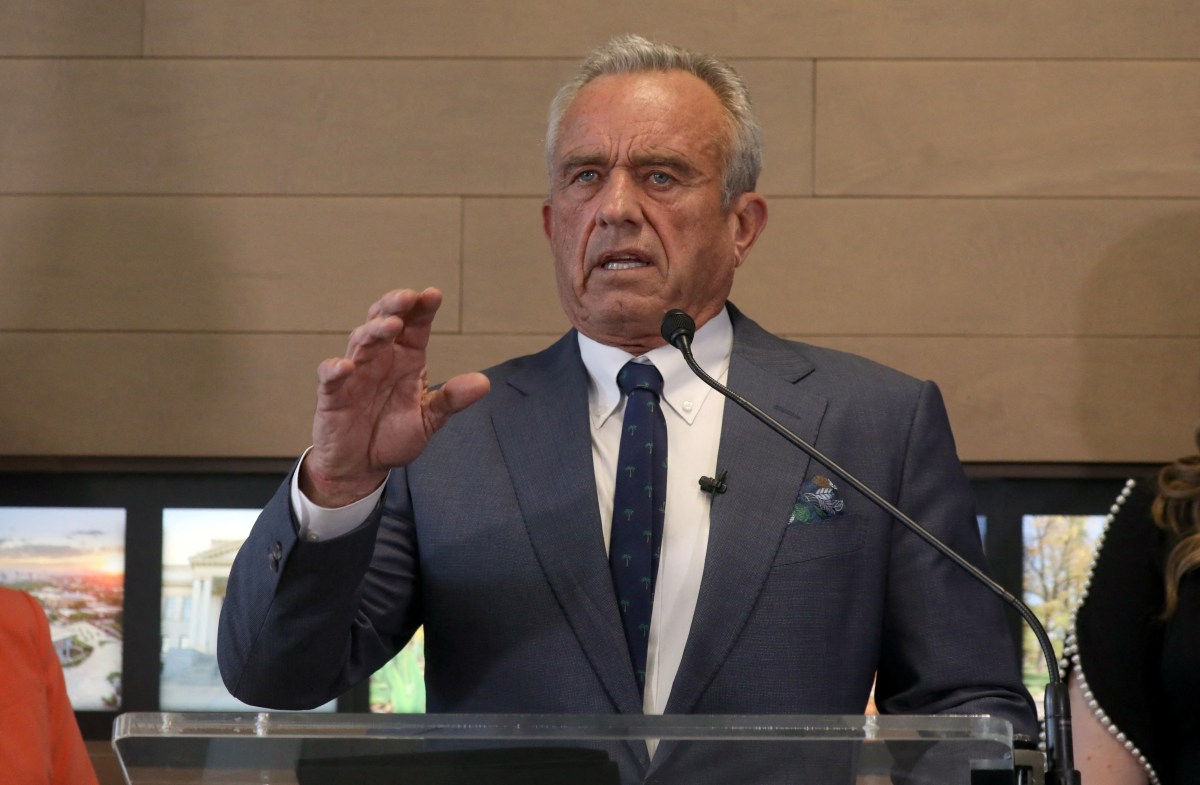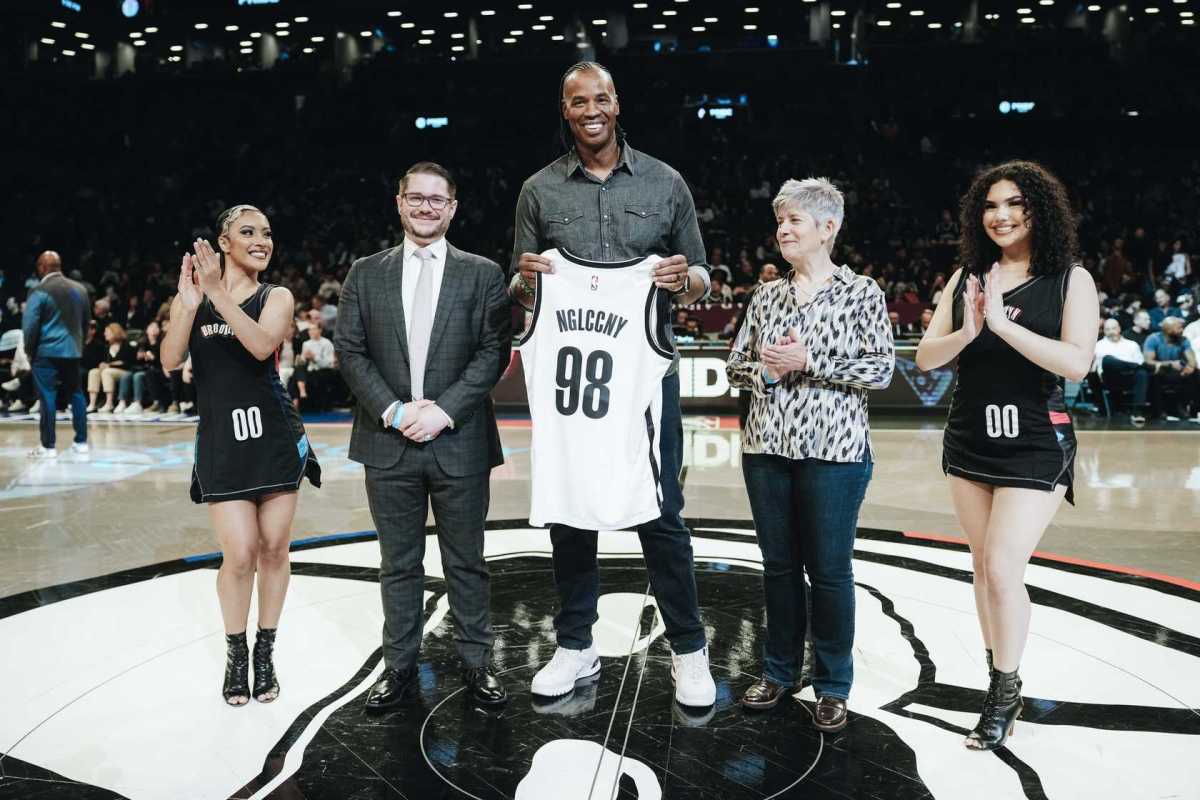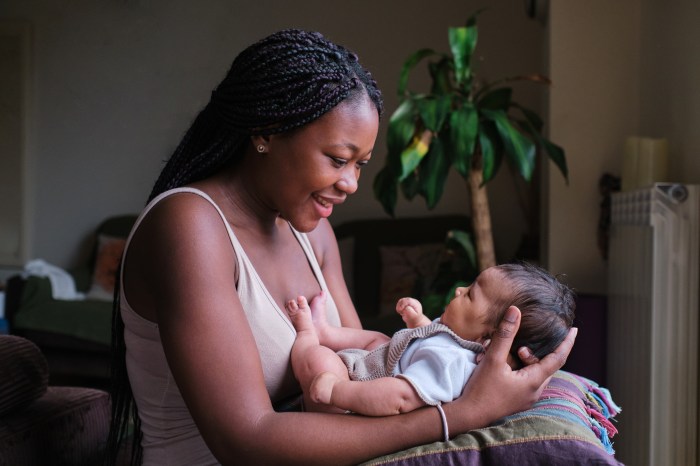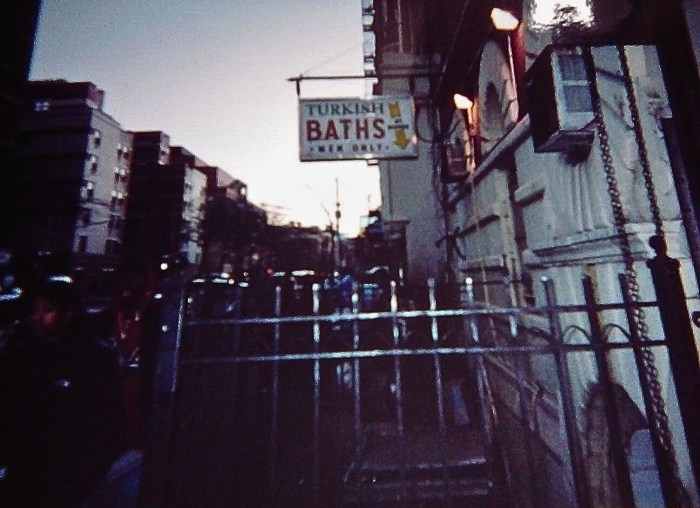New York has made significant progress on LGBTQ+ rights since the 1969 Stonewall Riots that we commemorate this month during Pride. But amidst the celebration of hard-won victories, it is important to keep in mind that there is still more to be done for a population that is disproportionally impacted by housing instability and homelessness.
Mayor Adams recently announced a $6.7 million investment to create new and expanded services for LGBTQ+ residents, which include HIV and sexual health services, homelessness prevention, and financial literacy. Meanwhile, the newly passed City Budget includes expanded funding for HIV/AIDS Service Administration (HASA) Single-Room Occupancy units, Safe Haven beds, affordable housing capital and more. All of these initiatives and bolstered funding streams will have an impact, but more needs to be done.
Right now, we are not doing nearly enough. Almost half of all homeless youth in New York City identified as LGBTQ+, a wildly disproportionate figure, and one in four have experienced homelessness or housing insecurity at one point in their lives. Nationwide, 48 percent of LGBTQ+ seniors experienced discrimination when applying for housing. For many, being LGBTQ+ is both a driver into homelessness and creates barriers to escaping it.
To be fully effective in the fight against homelessness, New York City must implement a two-pronged approach that focuses both on intervention to encourage unhoused individuals to get off the streets and on creating safe homes for them to go to.
The New York City shelter and transitional housing system should serve as a bridge between housing insecurity and a long-term solution. Non-profit operators like ours need the tools to be able to assess people as they enter, develop a plan toward stability and work toward placement that is safe, affordable and permanent—and free of discrimination based on source of income, sexual orientation or gender identity.
While it is not currently possible to target housing specifically to LGBTQ+ populations, there are models out there. The City can work with non-profit providers with experience working with LGBTQ+ youth, those living with HIV/AIDS, and seniors to provide financial literacy on-site, offer medical care, and create truly inclusive living environments in which all residents feel safe and supportive.
New York City has historically been a progressive leader and safe haven for individuals of all genders, sexual orientations, expressions, races, and ethnicities, boasting the largest population of LGBTQ+ people of any U.S. metro area. We can only maintain this reputation if we are proactive in recognizing that homelessness disproportionally impacts this population or another and requires a collective effort to solve.
Building a strong foundation through the development of more affordable and supportive housing bolstered by a network of outreach programs, crisis intervention teams and more, will help realize the vision of an equitable city where all are safe and able to prosper.
This Pride, members of the LGBTQ+ community deserve a real and concerted commitment by both the public and private sectors to turn words into action and support them as they build an independent and stable future. We in the non-profit community are here to help.
Sandra Márquez is Assistant Vice President for NYC Housing Services, Volunteers of America-Greater New York.



